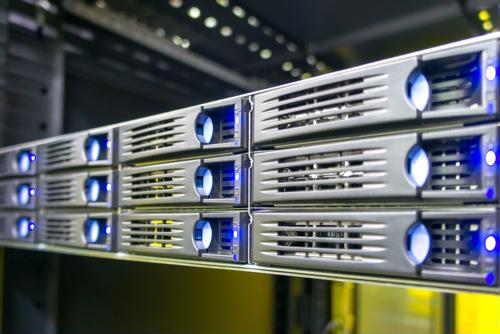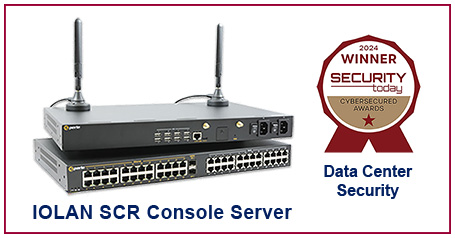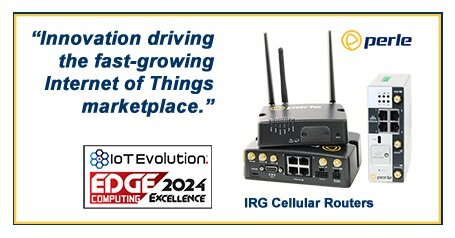
The latest HP supercomputer speaks to common data center challenges
By Max BurkhalterDecember 8, 2014
Strategies for evolving data centers
Thankfully, there are several strategies that IT teams can employ to improve a data center's consumption and capacity besides spending massive amounts of money on an HP's latest piece of tech. One issue that many data centers deal with the growing trend of utilizing optical cables within the data center that facilitates the movement of info in and out of the facility with fewer chances of bottlenecking. Investing in simple hardware fixes like a fiber-to-Ethernet device allows IT teams to enjoy the benefit of a broadband connection throughout the company instead of being limited by the budget. After all, existing copper infrastructure is cheaper to update than to it is to replace. Workarounds like these allow a IT staffs to keep their company's data center up to date without the need for a serious hardware upgrade.
Perle has an extensive range of Managed and Unmanaged Fiber Media Converters to extended copper-based Ethernet equipment over a fiber optic link, multimode to multimode and multimode to single mode fiber up to 160 km.



